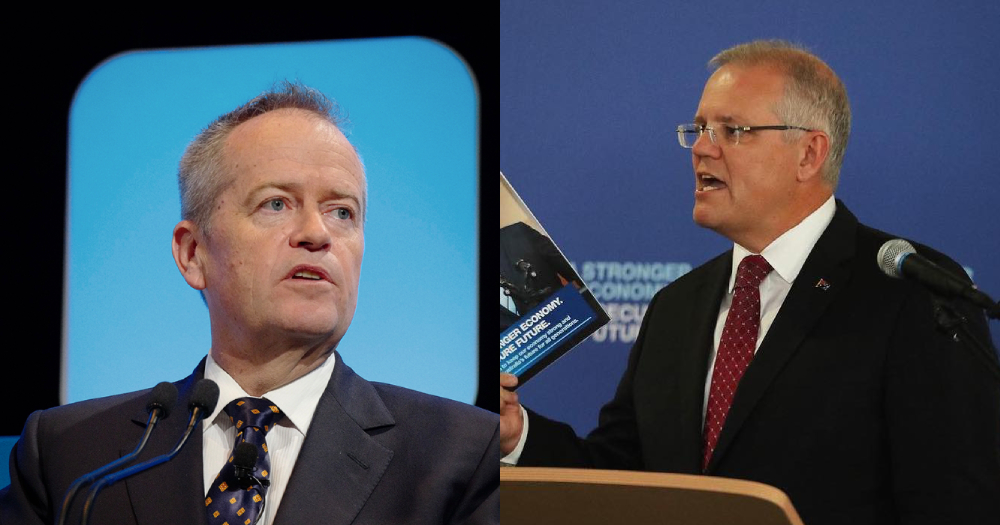The year 2019 has already seen a number of elections, with voters in Thailand and Indonesia done casting their ballots.
However, there's another poll coming up: The Australian federal elections on Saturday, May 18.
This is the day Australians will decide who gets to govern the nation for the next three years.
With lots of Singaporeans visiting and studying in Australia, it serves no one any harm to familiarise oneself with candidates and their campaign promises.
But first of all, how do Australian elections work?
Two houses
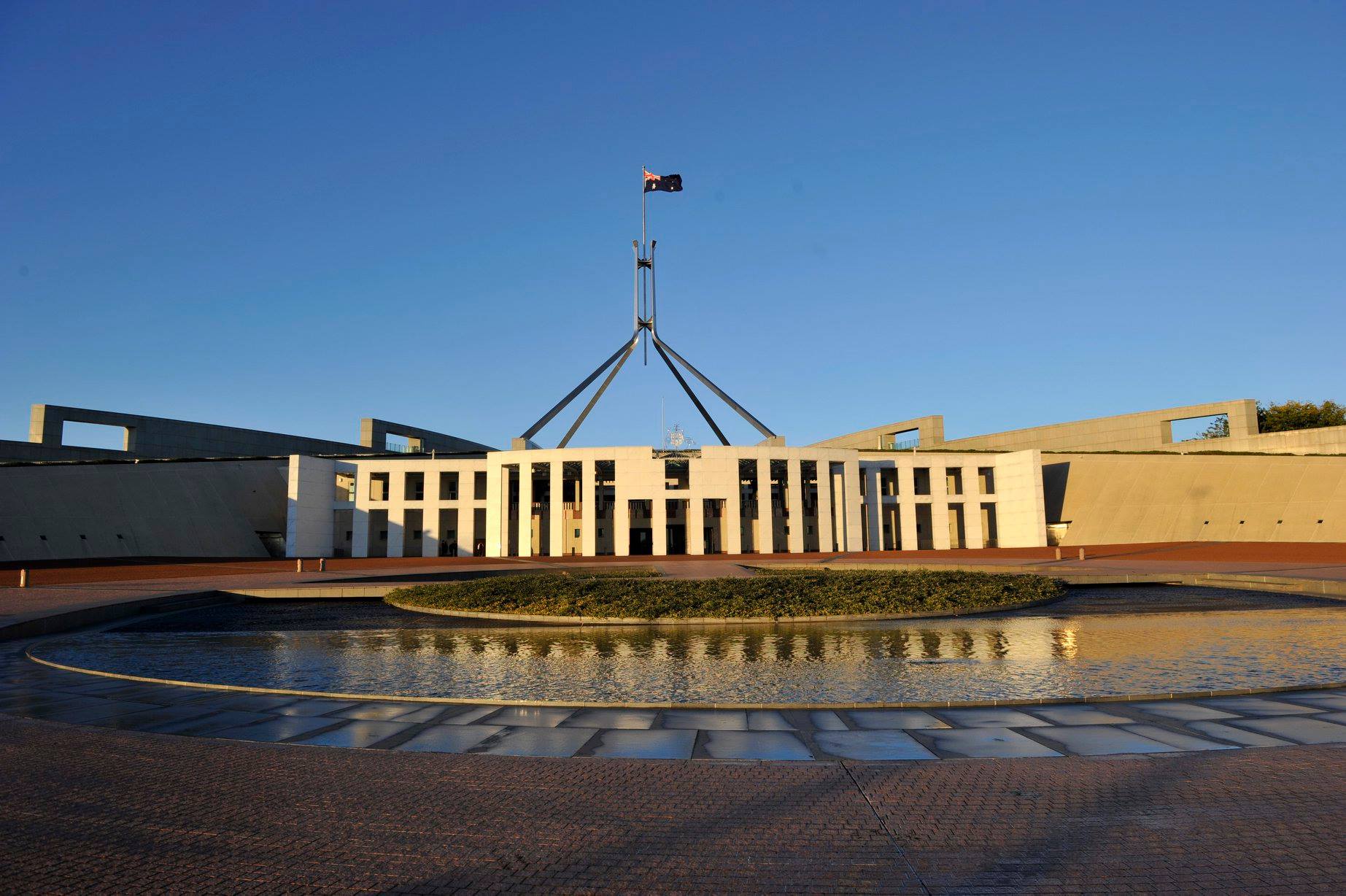 Australia's parliament house. Image via Visit Australian Parliament House Facebook
Australia's parliament house. Image via Visit Australian Parliament House Facebook
The Australian parliament works on a bicameral system.
It has two chambers, the House of Representatives and the Senate.
Think of a representative as the equivalent to a Singaporean Member of Parliament.
According to the Parliamentary Education Office (PEO), the House of Representatives, also known as the lower house, previously included 150 members.
However, one more seat will be added to the lower house for this election to match the population growth in Australia, according to ABC.
Forming a government
A party or coalition that has the majority of elected Representatives gets to form the government.
The Senate, also known as the upper house, consists of 76 members.
It is meant to provide a check and balance against the lower house.
This is different from Singapore’s parliament, which only has one assembly.
This means bills in Singapore tend to pass through parliament fairly quickly, whereas in Australia both the senate and the house of representatives have to approve a bill before it is passed.
Preferential voting
The next thing to know is that Australia utilises a preferential voting system.
According to the PEO, this means that when Australians vote to elect candidates to the house, they are presented with a ballot paper that looks like this:
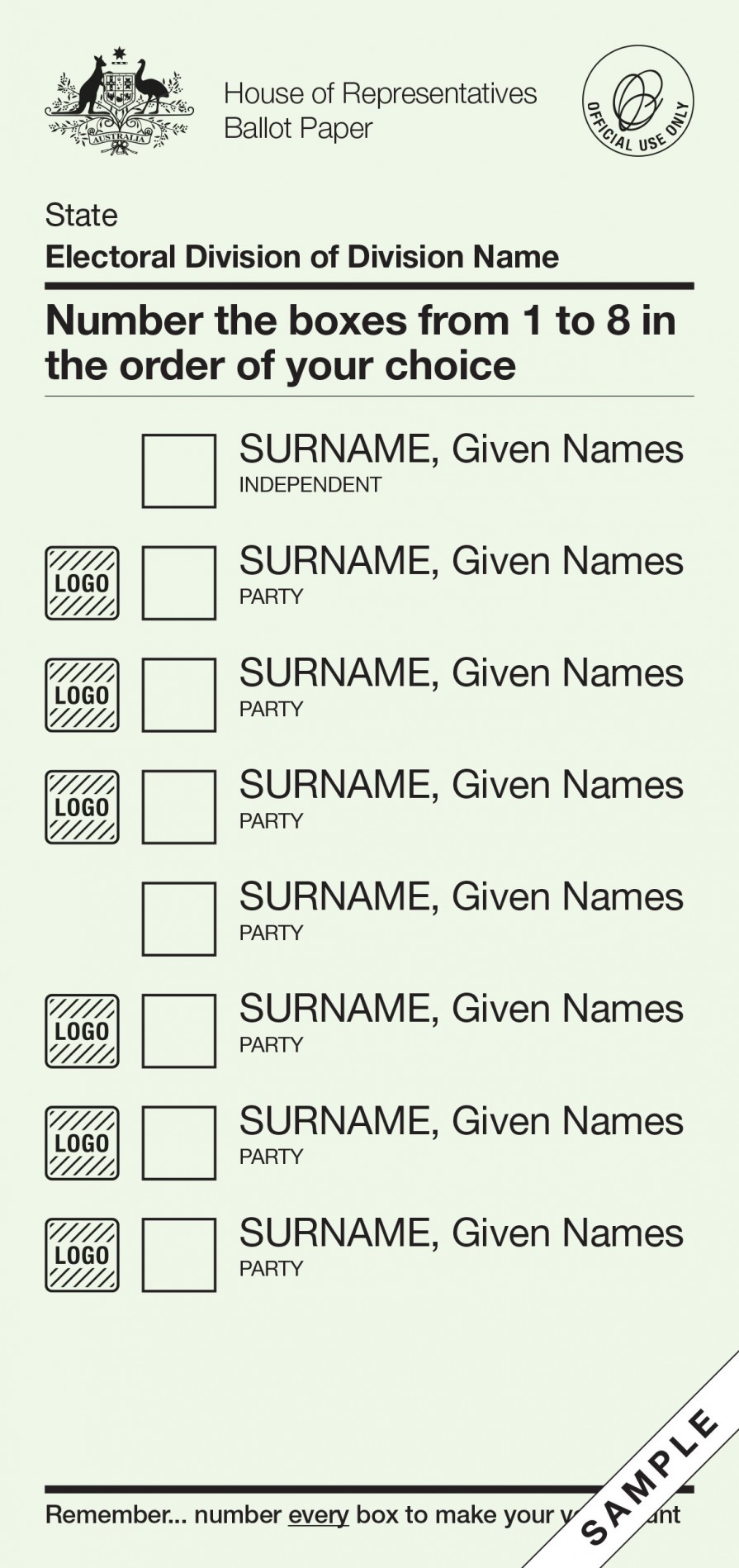 Image via Parliamentary Education Office website
Image via Parliamentary Education Office website
They will then need to rank each candidate according to the voter’s preferences.
So, if you like Candidate Oscar the most, you write '1' next to his name.
Then your next favourite is Elmo, so you write '2' beside his name, and so on.
Winning a seat
If a candidate earns more than half of the first preference votes, he wins the seat.
However, if none of the candidates has more than 50 percent of the vote, then the candidate with the least number of first preference votes is eliminated.
All of their votes are then redistributed according to the voter's subsequent preferences.
This process is repeated until one candidate receives more than half of the votes.
In Singapore, instead of a preferential voting system, we use an electoral system known as first-past-the-post (FPTP).
Here, the candidate with the most amount of votes gets elected.
Picking the prime minister
Once the votes have been counted and candidates have been elected, the party or coalition with more than 50 percent of the Representatives (i.e. 76) gets to form the government.
Usually the leader of that winning party or coalition becomes the prime minister, just like in Singapore.
If no party has 76 or more seats, then parties will have to negotiate among themselves to form a coalition government.
So, who are the major parties and their leaders?
Here's a quick crash course on who might be the prime minister once the dust settles.
Scott Morrison and the Liberal-National Coalition
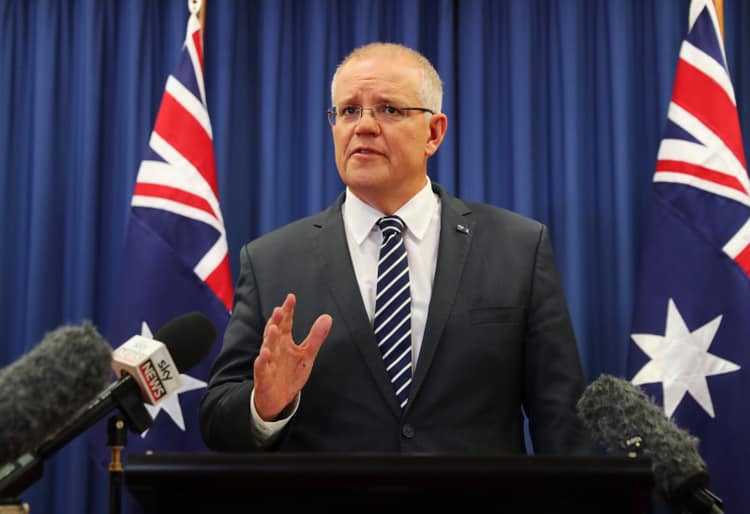 Image via Scott Morrison Facebook
Image via Scott Morrison Facebook
The current Australian prime minister, Scott Morrison is the leader of the ruling Liberal-National coalition.
According to Nikkei Asian Review, despite leading the Liberal Party, Morrison's policies tend to veer on the conservative side of the spectrum.
The Liberal Party had teamed up with the National Party, which is generally seen as right-wing.
Collectively, the two parties are popularly referred to as the Coalition.
Morrison controversies and achievements
Morrison is a social conservative, and was noted by Nikkei as "devising some of the world's toughest asylum rules when he was immigration minister".
In the aftermath of the Christchurch terrorist attacks in New Zealand, Morrison came under fire for supposed comments he made in 2010.
He allegedly suggested that the Coalition could win more votes by capitalising on public fears over Muslim immigration, according to The Sydney Morning Herald.
He has since denied making those comments, according to The Guardian.
However, Morrison can boast of being able to deliver Australia's first budget surplus in 12 years, according to The Straits Times, along with historically low unemployment.
Australians can expect A$158 billion (S$149.4 billion) in tax cuts over the next decade, with another A$100 billion (S$94.6 billion) invested in transport infrastructure, if Morrison wins.
Bill Shorten and the Australian Labor Party
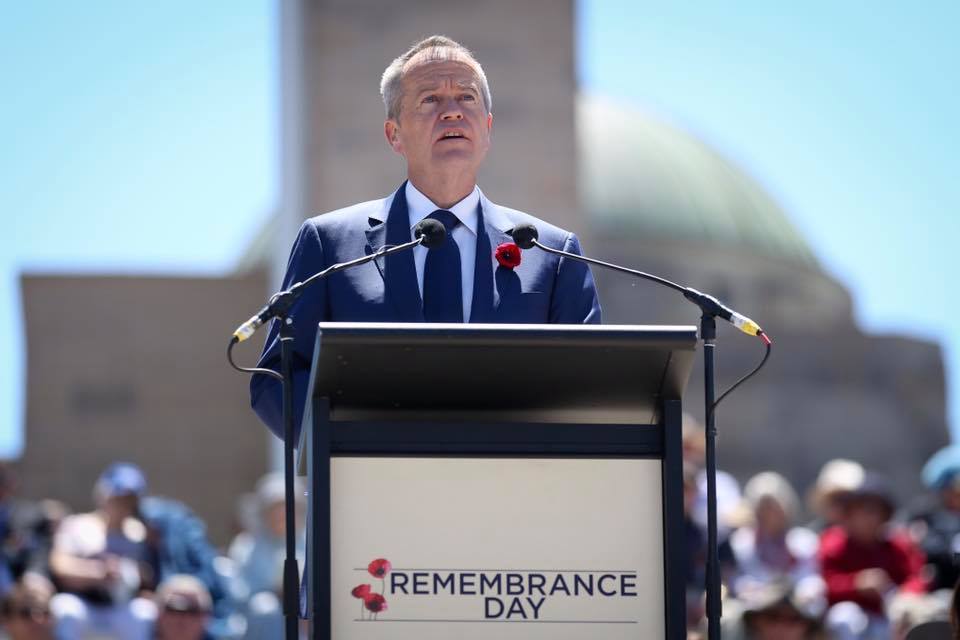 Image via Bill Shorten Facebook
Image via Bill Shorten Facebook
Despite his party leading in the polls, Labor's leader Bill Shorten has had to overcome his own problems.
According to The Monthly, Shorten is disliked by voters for causing infighting that saw the Australian Labor Party (ALP) remove two prime ministers during the years they were in power -- 2007 to 2013.
However, Shorten has built unity in what was once a fractured party, and successfully turned the voters' attention to his proposed policies, which are typically left-leaning.
Labor's proposed policies
According to Nikkei, the ALP has said that, if elected, they will increase tax revenues and public spending to provide more support for "ordinary workers" and social issues.
The ALP has also taken a more proactive stance on climate change than the Coalition, who have historically supported Australia's coal industry.
According to The Guardian, Shorten has targeted zero net greenhouse gas emissions by 2050, while also promising 50 percent renewable-sourced electricity by 2030.
The ALP has also taken a softer stance on refugees, promising to increase its refugee intake to 27,000 places per year by 2025.
An ALP victory will also see Malaysian-born, lesbian Senator Penny Wong become Australia's Minister for Foreign Affairs.
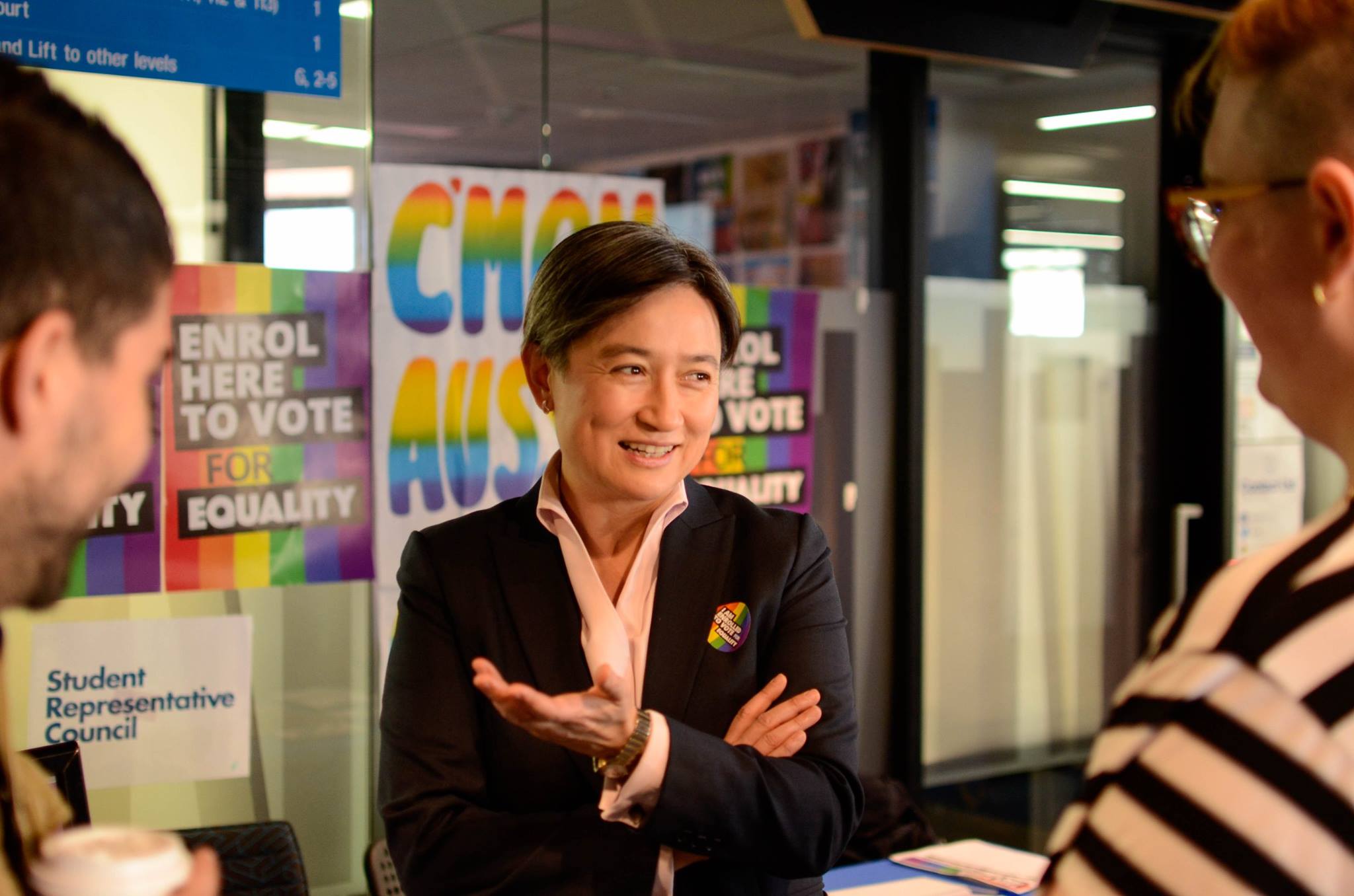 Image via Penny Wong Facebook
Image via Penny Wong Facebook
According to the ALP's website, Wong moved to Australia with her family when she was eight.
Nikkei reported that Wong has said her first overseas trips will be visits to Malaysia and Indonesia, if ALP wins.
Shorten said in October 2018 that his government would put a "clear focus on the nations and institutions of Southeast Asia".
Uncertainty
Whatever the case, the ALP has seen its lead over the Coalition narrow considerably in recent days.
The Australian reported a slim margin of 51 percent to 49 percent on May 12, just six days before the election.
This suggests a large amount of uncertainty among Australians going to the polls on May 18, making for what might be an exciting polling day.
Top image via Bill Shorten Facebook and Scott Morrison Instagram
If you like what you read, follow us on Facebook, Instagram, Twitter and Telegram to get the latest updates.
